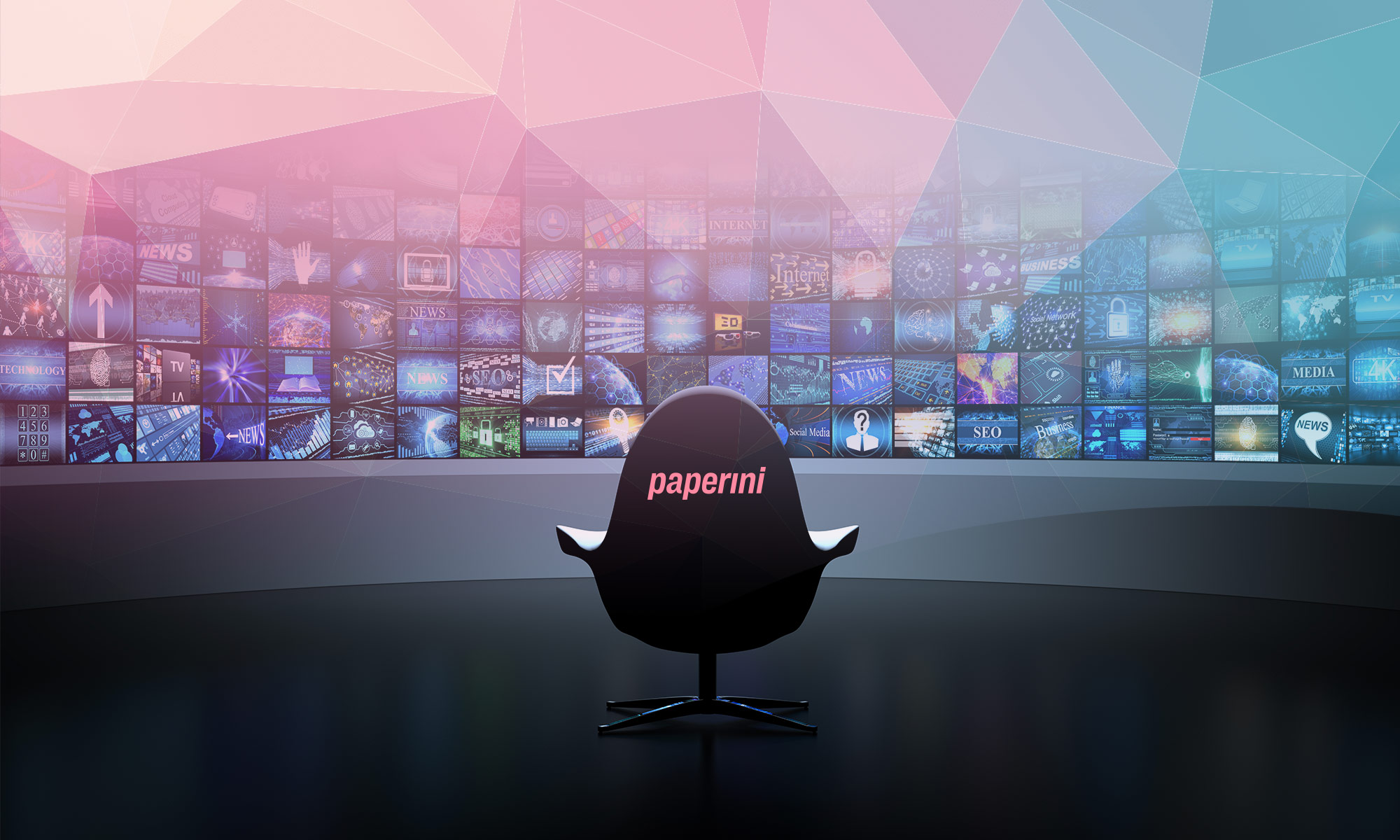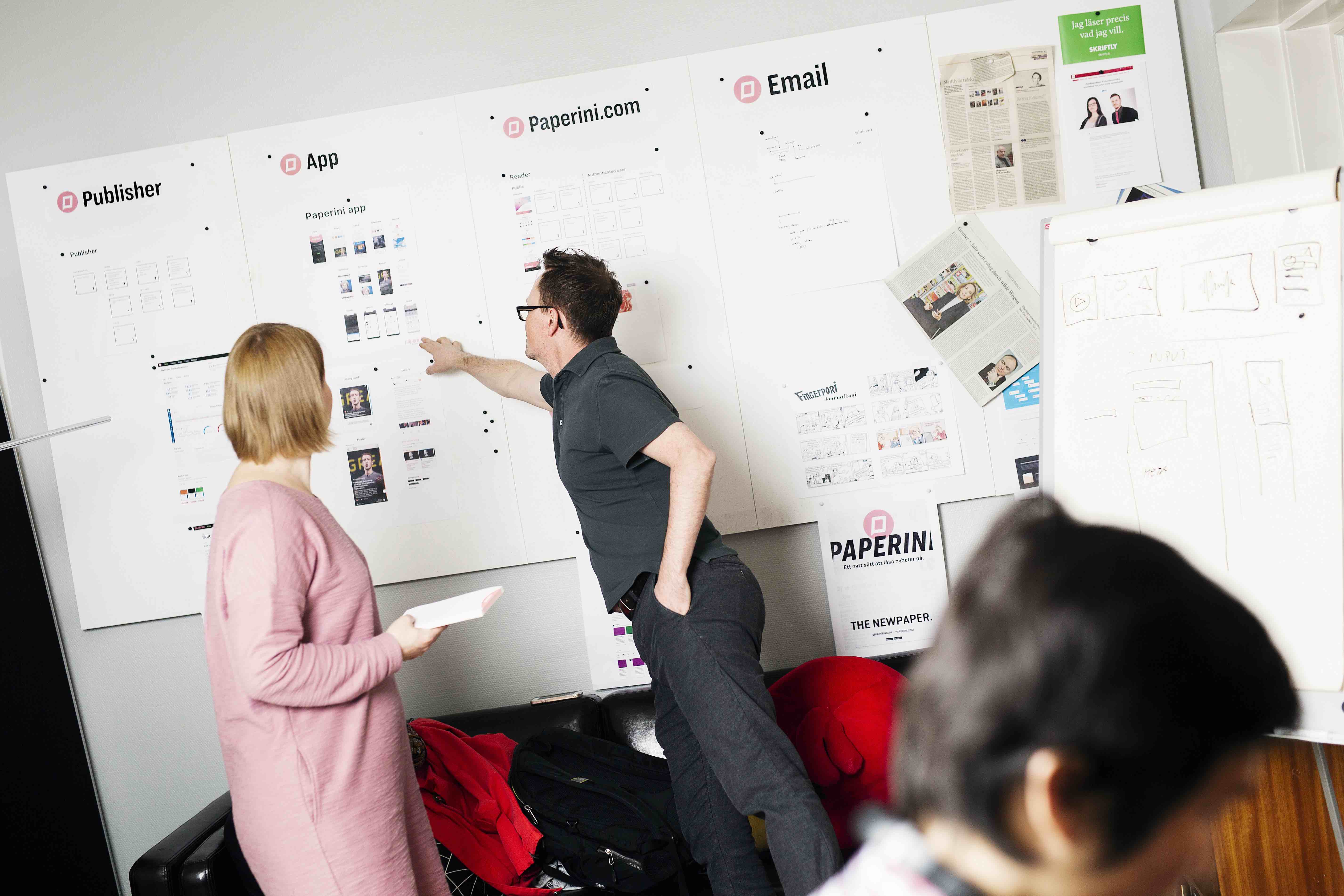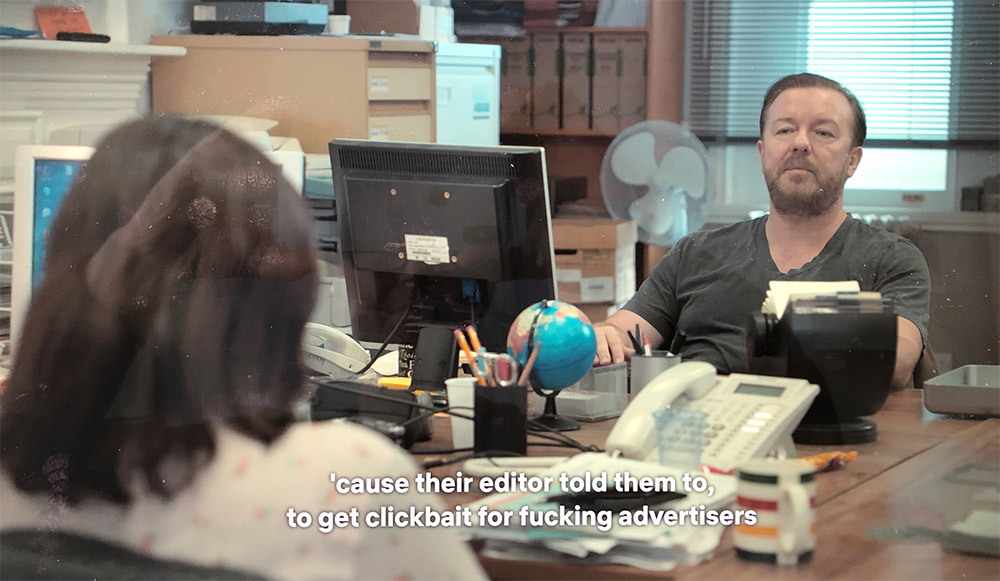Here are the guidelines for journalists, as published by The Union of Journalists in Finland.
The original version is the following.
Guidelines for journalists
Operative from 1 January 2014
Freedom of speech is the foundation of a democratic society. Good journalistic practice is based on the public’s right to have access to facts and opinions.
The aim of these guidelines is to support the responsible use of freedom of speech in mass communication and encourage discourse on professional ethics.
These guidelines concern all journalistic work. They have been drafted specifically for the purpose of self-regulation. The guidelines are not intended to be used as grounds for criminal liability or damages.
PROFESSIONAL STATUS
1. A journalist is primarily responsible to the readers, listeners and viewers, who have the right to know what is happening in society.
2. Decisions concerning the content of media must be made in accordance with journalistic principles. The power to make such decisions must not under any circumstances be surrendered to any party outside the editorial office.
3. The journalist has the right and obligation to resist pressure or persuasion that attempts to steer, prevent or limit communications.
4. The journalist must not misuse his/her position. The journalist may not deal with issues that may lead to potential personal gain nor demand or receive benefits that might compromise his/her personal independence or professional ethics.
5. The journalists is entitled to refuse assignments that conflict with the law, his/her personal convictions or good journalistic practice.
6. When handling issues that concern the journalist’s own media, the media concern or its owners, the journalist should make the context of the news item clear to readers, listeners and viewers.
7. It is crucial to observe good professional practice when using the work of others. Sources must be mentioned when information has been published by other parties.
OBTAINING AND PUBLISHING INFORMATION
8. The journalist must aim to provide truthful information.
9. The journalist is encouraged to make known his/her profession during the course of an assignment. Information should be obtained openly. If matters that are in the public interest cannot be otherwise investigated, the journalist may carry out interviews and obtain information by means that depart from standard practice.
10. Information obtained must be checked as thoroughly as possible, including when it has been published previously.
11. The public must be able to distinguish facts from opinions and fictitious material. Similarly, photographic and sound material must not be used in a misleading manner.
12. Information sources must be approached critically. This is particularly important in controversial issues, since the source of the information may be intended for personal gain or to damage others.
13. A news item may be published on the basis of limited information. Reports on subjects and events should be supplemented once new information becomes available. News events should be pursued to the end.
14. The journalist is entitled and duty bound to conceal the identity of any person who has provided confidential information by agreement with the source. If the publication of information that is in the public interest results in highly negative publicity, it is desirable that the editorial office makes public how the reliability of the anonymous source and the information obtained from it has been assured.
15. Headlines, leads, cover and picture captions, sales-promotion posters and other presentation material must be justified by the substance of the story.
16. There must be a clear demarcation kept between advertising and editorial content. Hidden advertising must be avoided.
THE RIGHTS OF INTERVIEWER AND INTERVIEWEE
17. Interviewees have the right to know in advance the context in which their statements will be used. They must also be told if the interview will be used in multiple mediums. The interviewee must always be told whether the conversation is intended for publication or will be used exclusively as background material.
18. It is worthwhile consenting to interviewee’s requests to read their statements prior to publication, if the editorial deadline permits. This right only concerns the personal statements of the interviewee, and the final journalistic decision cannot be surrendered to any party outside the editorial office.
19. The interviewee’s refusal to allow the publishing of his/her statement must be complied with only if the circumstances following the interview have changed so significantly that the publication of the interview could be viewed as unjust.
CORRECTIONS AND RIGHT OF REPLY
20. Essentially incorrect information must be corrected without delay and so as to reach, to the highest extent possible, the attention of those who have had access to the incorrect information. The correction must be publicised on the editorial website of the media in question, as well as in the publication or broadcast in which the incorrect information was originally given.
The degree of attention brought to the correction must correspond to the seriousness of the error. If there are multiple factual errors in an article, or if the incorrect information might result in significant damage, the editors must publish a new article in which the incorrect information is identified and corrected.
In terms of the correction of essential information in the Internet, it is not enough that the incorrect information or article is removed, the public must also be told about the error, as well as how and when the correction was made.
It is advisable that the media in question make clear to the public those practices and principles by which they correct their own errors.
21. If the intention is to present information about the activities of a clearly identifiable person, company or organisation in a manner that would present them in a very negative light, the object of the criticism must be granted the right of reply on the issue in question.
22. If it is not possible to simultaneously hear the views of the parties involved, it may be necessary to give the party who has received the very negative publicity the opportunity to be heard afterwards. If this is not done, good journalistic practice calls for the publication of the comment of the criticised party.
23. A right of reply is an intervention that should be published as soon as possible without any irrelevant additions.
24. Conventional cultural critique, political, economic or societal evaluation or similar expression of opinion do not, however, warrant a right to reply.
25. If the reply is not fit for publication as such, changes should be discussed with the writer. Even if an agreement cannot be reached, it is advisable to publish the essential contents in an objective manner.
PRIVATE AND PUBLIC
26. The human dignity of every individual must be respected. The ethnic origin, nationality, sex, sexual orientation, convictions or other similar personal characteristics may not be presented in an inappropriate or disparaging manner.
27. Highly delicate matters concerning people’s personal lives may only be published with the consent of the person in question, or if such matters are of considerable public interest. Protection of privacy must also be considered when using photographic materials.
28. Discretion must always be exercised when reporting on occurrences of illnesses or deaths or on victims of accidents or crimes.
29. It is generally acceptable to cover and photograph any event that happens in a public place without having to obtain permission from the subject(s) in question.
30. The right to privacy also applies when publishing public documents or other public sources. The public availability of information does not necessarily imply that it can be freely published. Particular discretion should be used when an issue concerns minors.
31. The name, photograph or other identifying facts of a person convicted of a crime may be published, unless it is viewed as clearly excessive in terms of the position or action of that individual. The journalist must be particularly careful not to disclose the identity of a minor or person found to be criminally unaccountable.
32. Carefulness is required when presenting information that may lead to the identification of the subject in cases where the subject is only considered a suspect or has been charged
33. Information about the convicted, charged or suspected individual should not be published if it may reveal the identity of the victim of a highly sensitive crime.
34. The identity of a victim of a highly sensitive crime must be protected, unless the matter is of considerable public interest.
35. If the request for investigation, indictments or conviction has been a published news item, the matter should be followed to the end as is possible. During an ongoing trial, the journalist will not strive to affect the decisions of the court or present a premature position on the guilt of the subject in question.
Adopted at the meeting of the CMM Management Group, November 4 2013, operative from 1 January 2014.
Annex to Guidelines: Material generated by the public on a media website
Operative from 1 October 2011
This Annex has been prepared as a supplement to the Guidelines for Journalists. The importance and binding nature of the Annex are the same as for the Guidelines. The Annex is binding on all members of the Council for Mass Media’s associations and other signatories of the Basic Agreement. The Annex and changes made to it are, as with the Guidelines, affirmed unanimously by the CMM’s Management Group.
The specificity of the Annex is intended to highlight its separation from the Guidelines for Journalists, relating to editorial content. This concerns material that its editorially prepared, ordered, processed and selected for publication on journalistic principles or with journalistic emphasis. The Annex concerns content generated by the public on websites maintained by the media. This should not be regarded as editorial material.
The Council and the chairperson may deal with the activity of an editorial office in administering online forums containing material generated by the public only from the point of view whether the editorial office has complied with the principles of this Annex. The principles of the Annex in applying to the prior and subsequent moderation of public online forums are dealt with equally.
The approach of the Annex has been taken for reasons of expediency. The Guidelines for Journalists have been revised at intervals of 6-13 years. The online environment is changing and developing extremely quickly. Due to its specificity, the Annex can be altered without amending the Guidelines.
1. The editorial office shall monitor their websites and try to prevent the publication of content that violates privacy and human dignity. In addition to discrimination, the violation of human dignity includes for example content that incites violence and stirs up hatred towards an individual or group.
2. The editorial office shall promptly delete content that comes to its attention that violates privacy and human dignity.
3. Online forums directed at children and the young must be monitored particularly carefully.
4. The public must be given the opportunity to inform editorial offices of inappropriate content in such a way that the informant receives due confirmation.
5. A clear demarcation must be kept on media websites between forums reserved for the public and editorial content.
Adopted by the meeting of the CMM Management Group 5 September 2011.
The Annex comes into effect on 1 October 2011, with the exception of point 4, which comes into effect no later than 1 December 2011.






